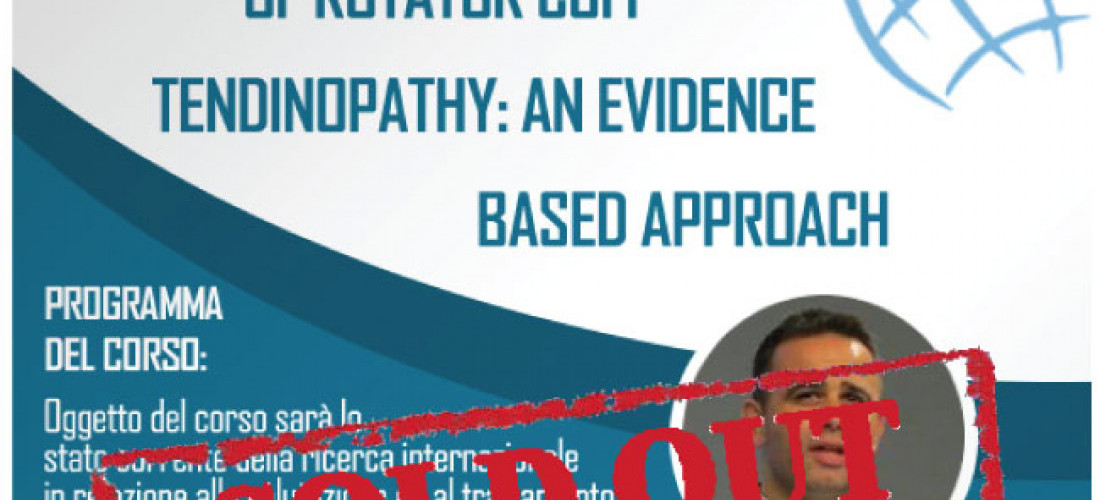Italy | Centro Pavesi FIPAV, Milano

EB approach by NFC & Chris Littlewood
This course will cover the research in relation to the assessment and management of rotator cuff tendinopathy and consider the effectiveness of different treatment approaches for this disorder before considering the principles that physiotherapists should follow when designing rehabilitation programmes for their patients with the aim of maximising clinical outcome and reducing the need for surgery.
Language: english translated in italian
Language : english translated in italian
Shoulder pain is one of the most common musculoskeletal symptoms and disorders of the rotator cuff are widely regarded as the most common cause.
There are a range of treatment options available, both conservative and surgical. In recent years the number of subacromial decompressions, a widely used surgical treatment approach for this condition, has risen exponentially. But why is this?
Conservative treatment approaches, particularly exercise, are widely regarded as effective interventions for this type of shoulder pain. Recent studies have shown that such conservative approaches are comparable to surgical interventions. Also, patients on a surgical waiting list who undertake a structured exercise programme might respond sufficiently to elect not to have the operation.
So, it seems that if all patients are exposed to a structured exercise programme prior to being considered for surgery then a good proportion will not require such invasive intervention. But, if conservative treatment is at least as good as operative treatment then why are we even bothering to consider surgery at all considering that it is a more invasive, risky and expensive procedure than conservative care?
Such a question can only be addressed by posing another question; if conservative treatment ‘fails’, what then?
This course will cover the research in relation to the assessment and management of rotator cuff tendinopathy and consider the effectiveness of different treatment approaches for this disorder before considering the principles that physiotherapists should follow when designing rehabilitation programmes for their patients with the aim of maximising clinical outcome and reducing the need for surgery.

